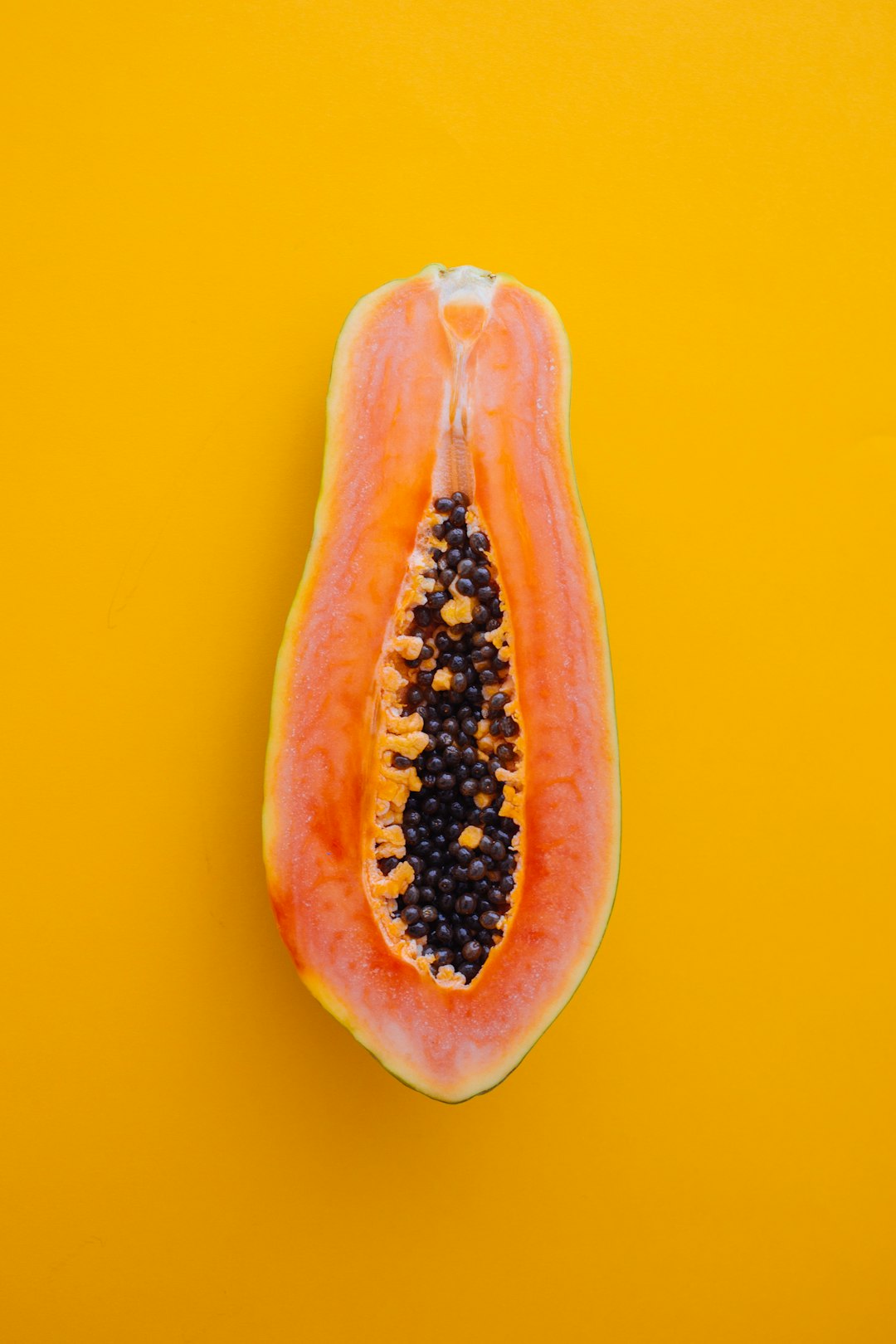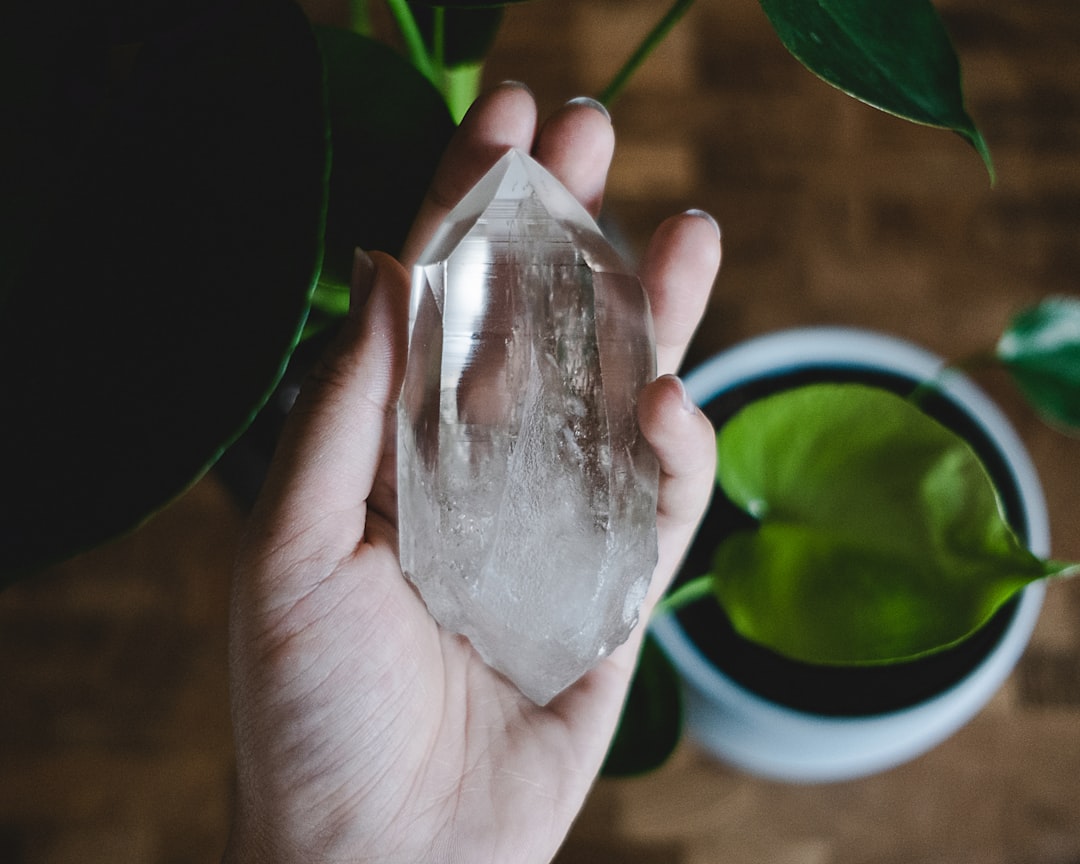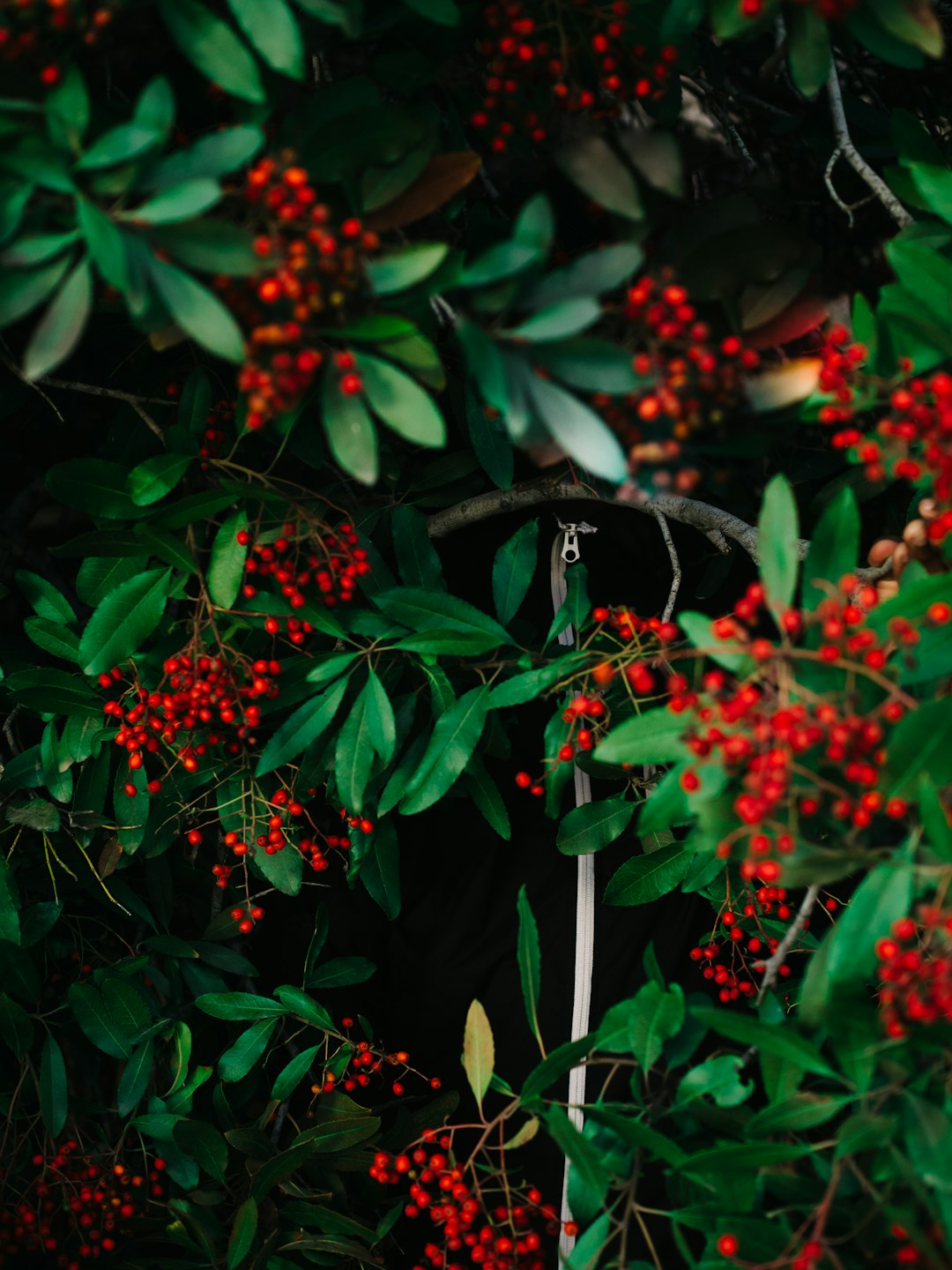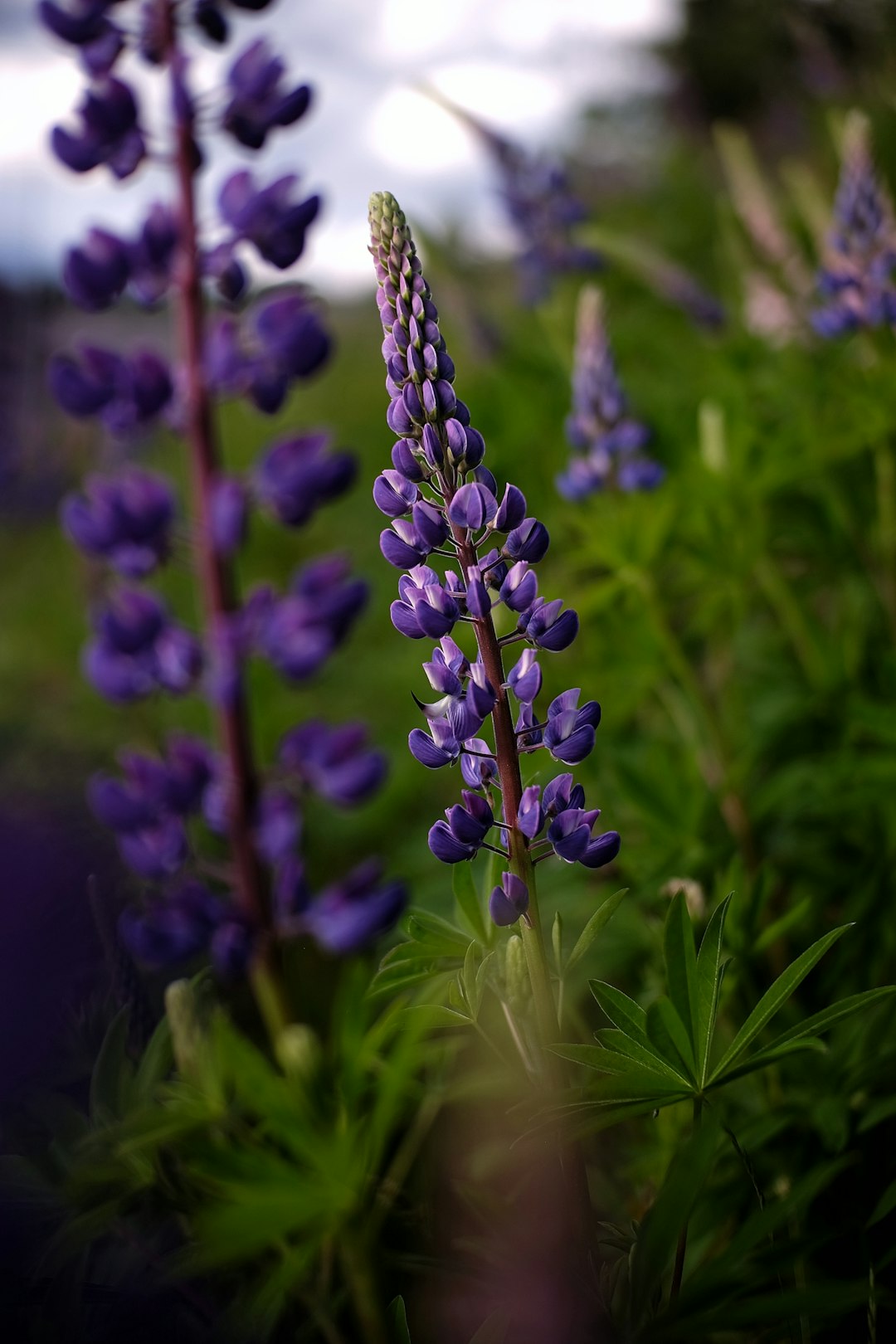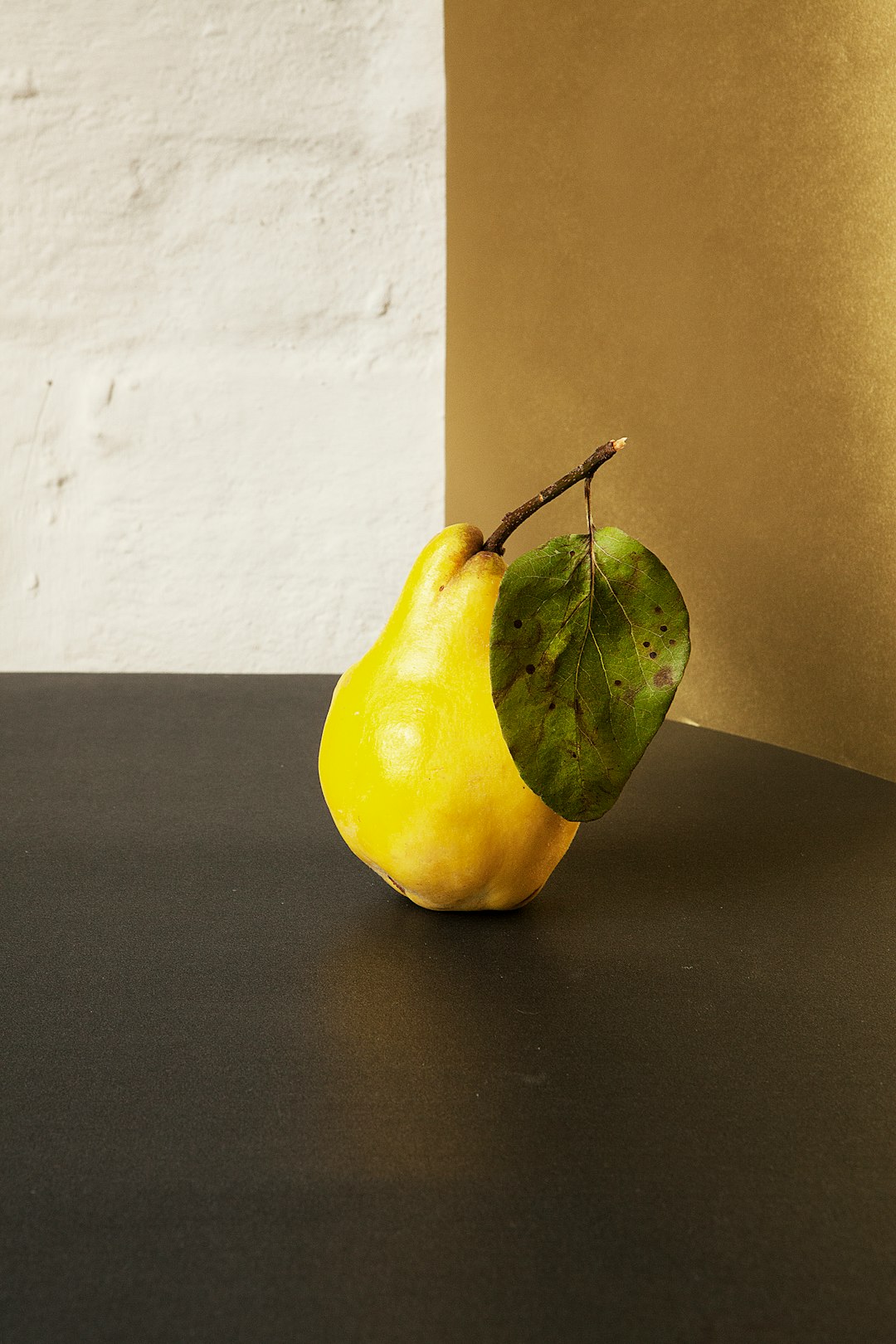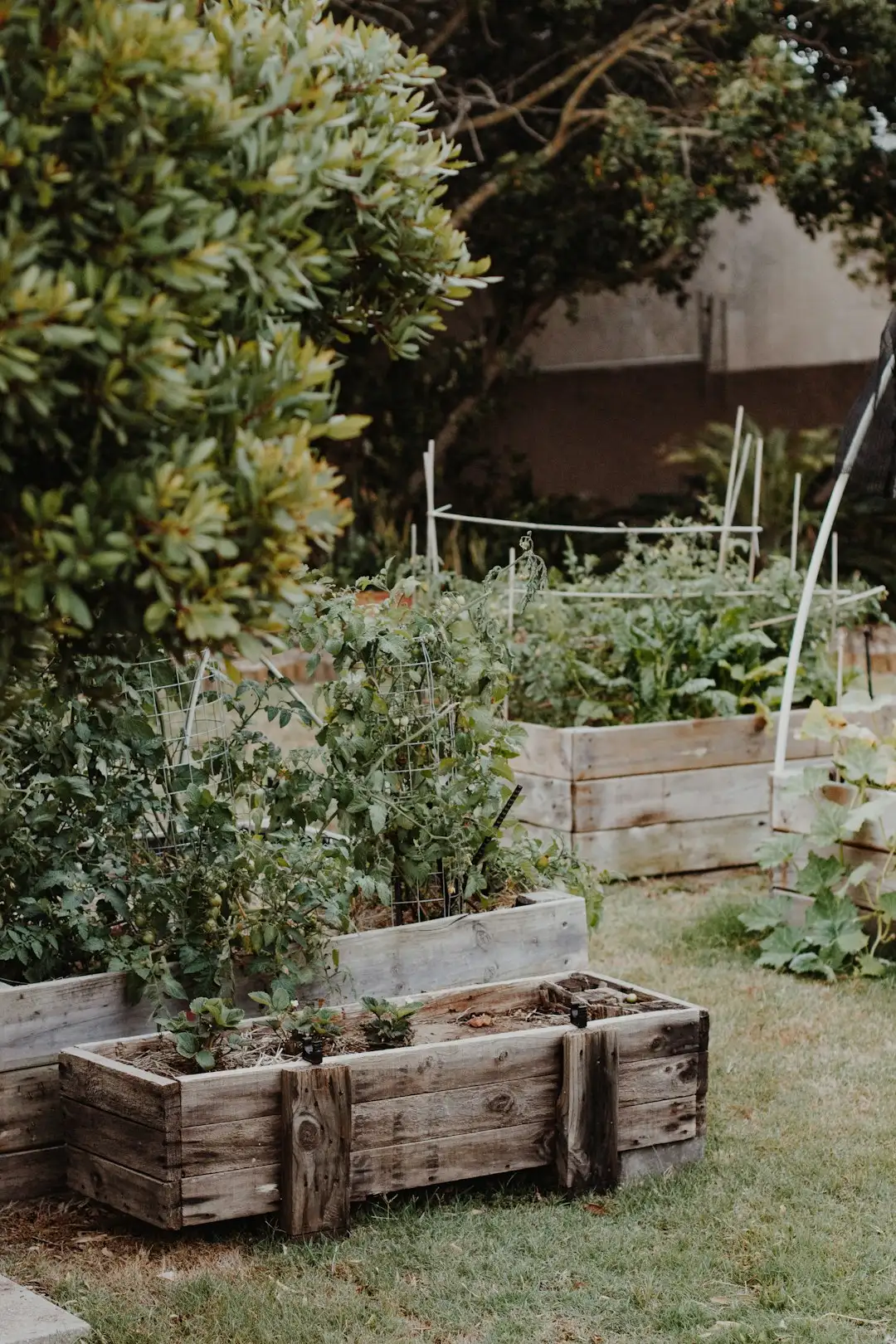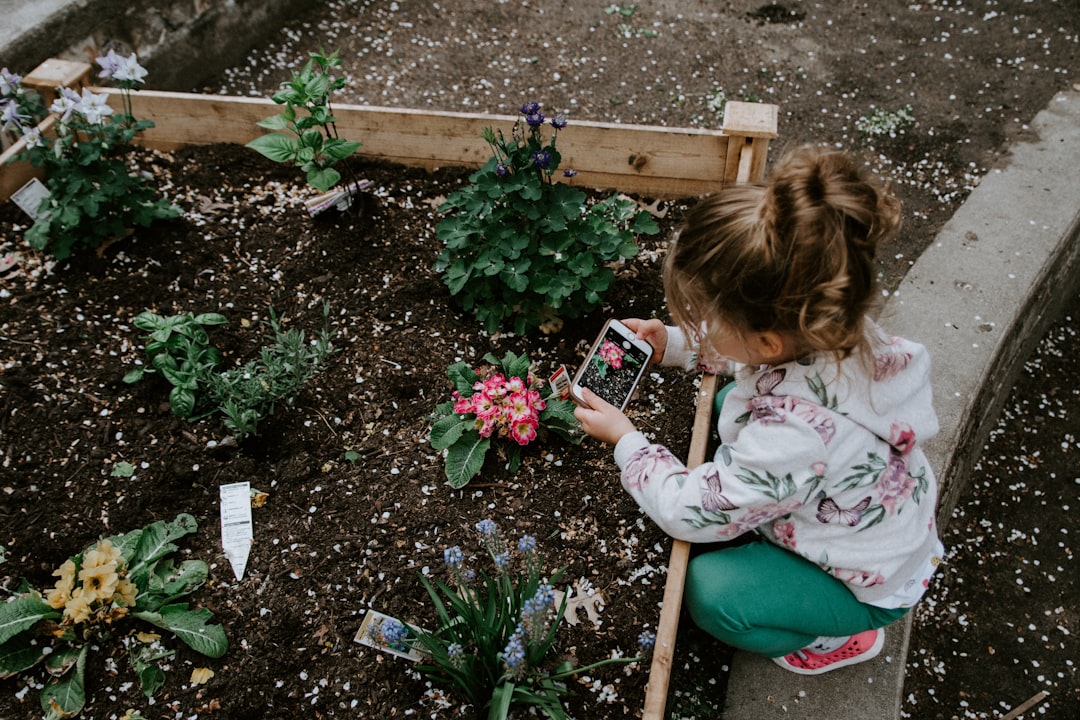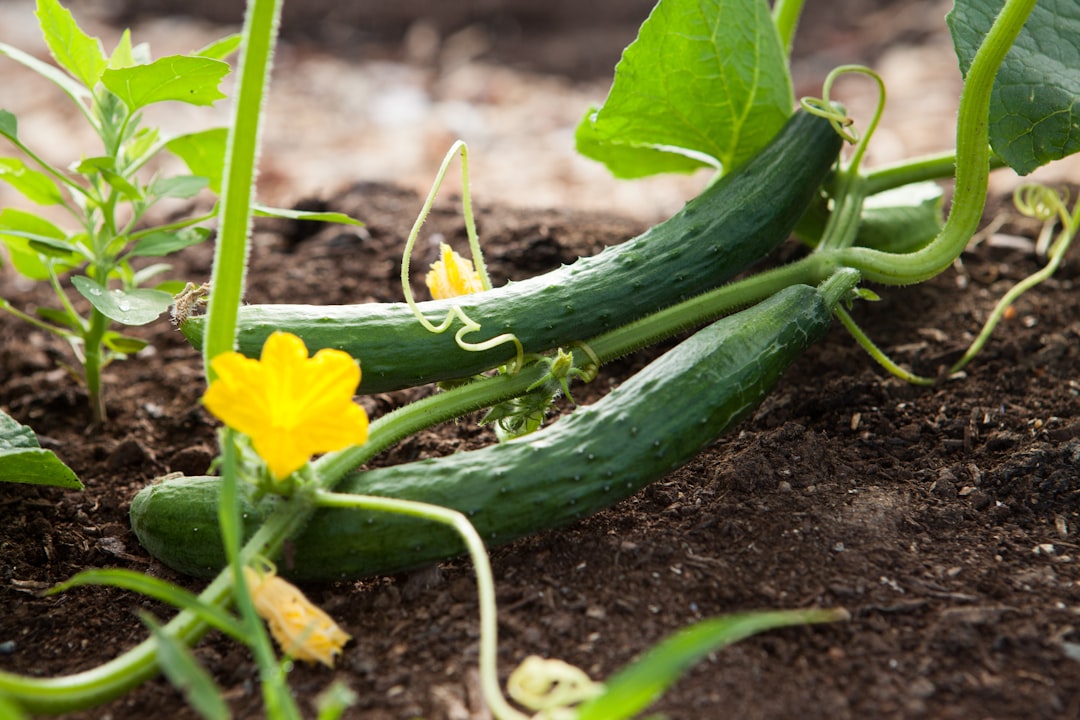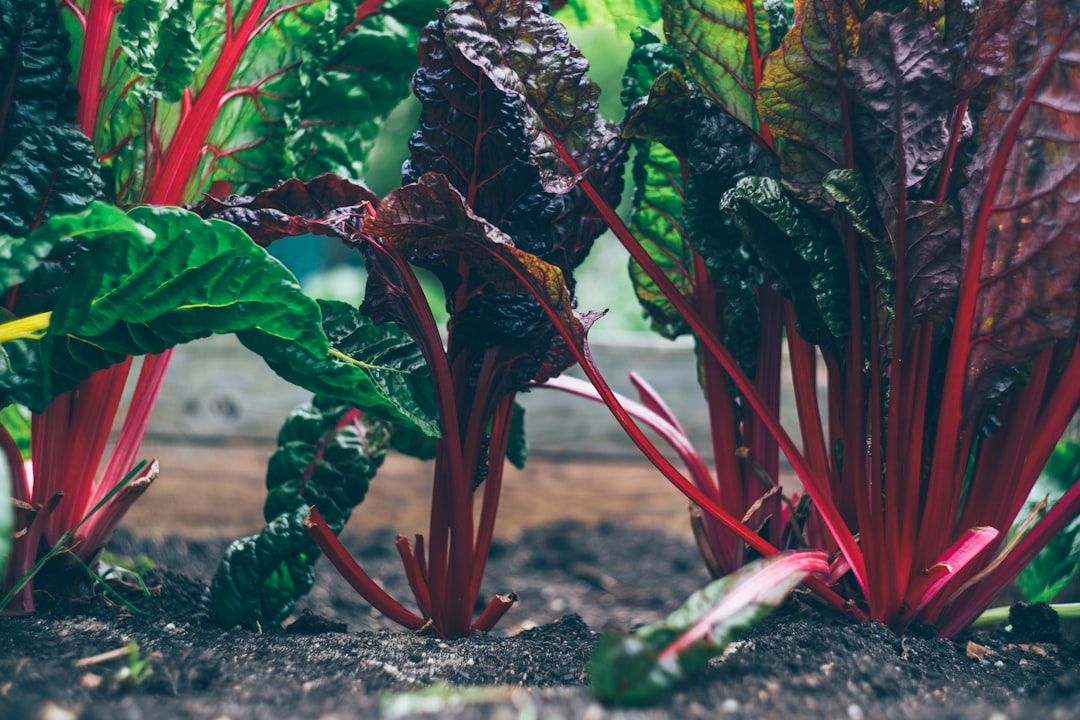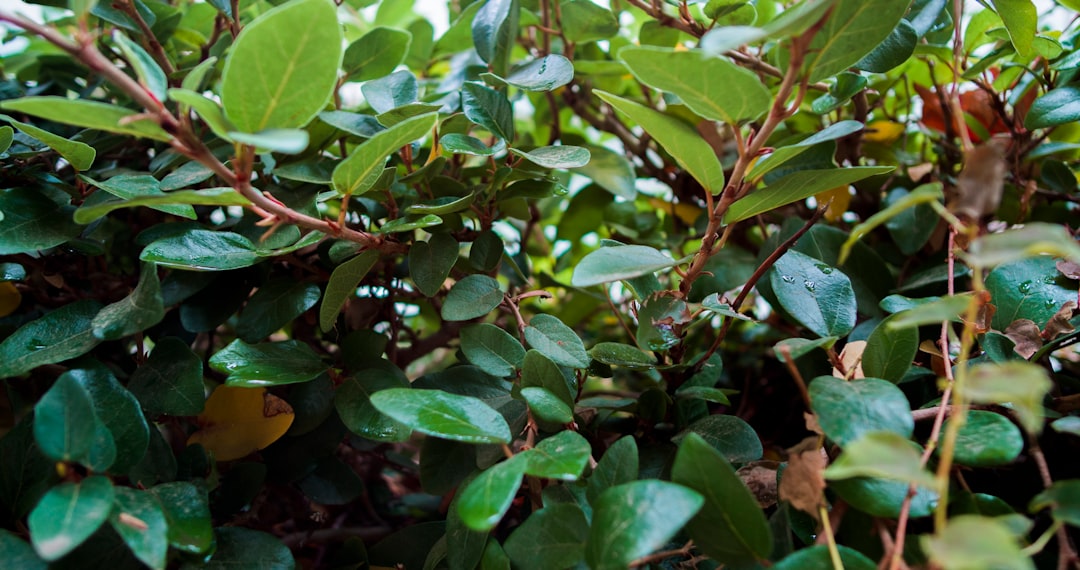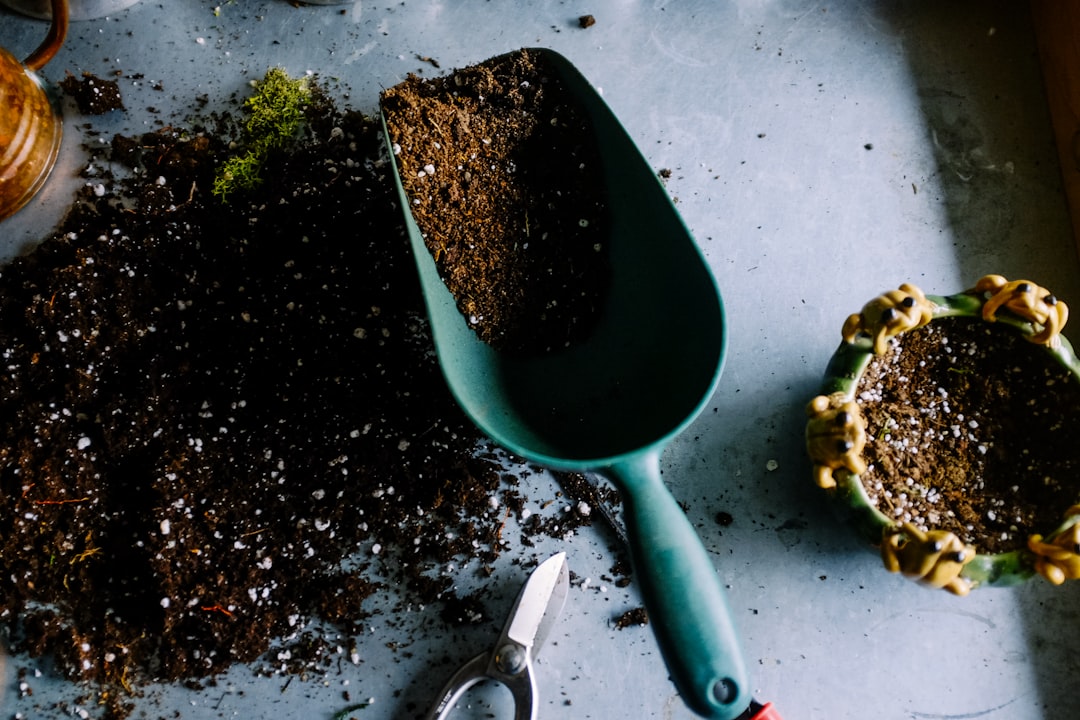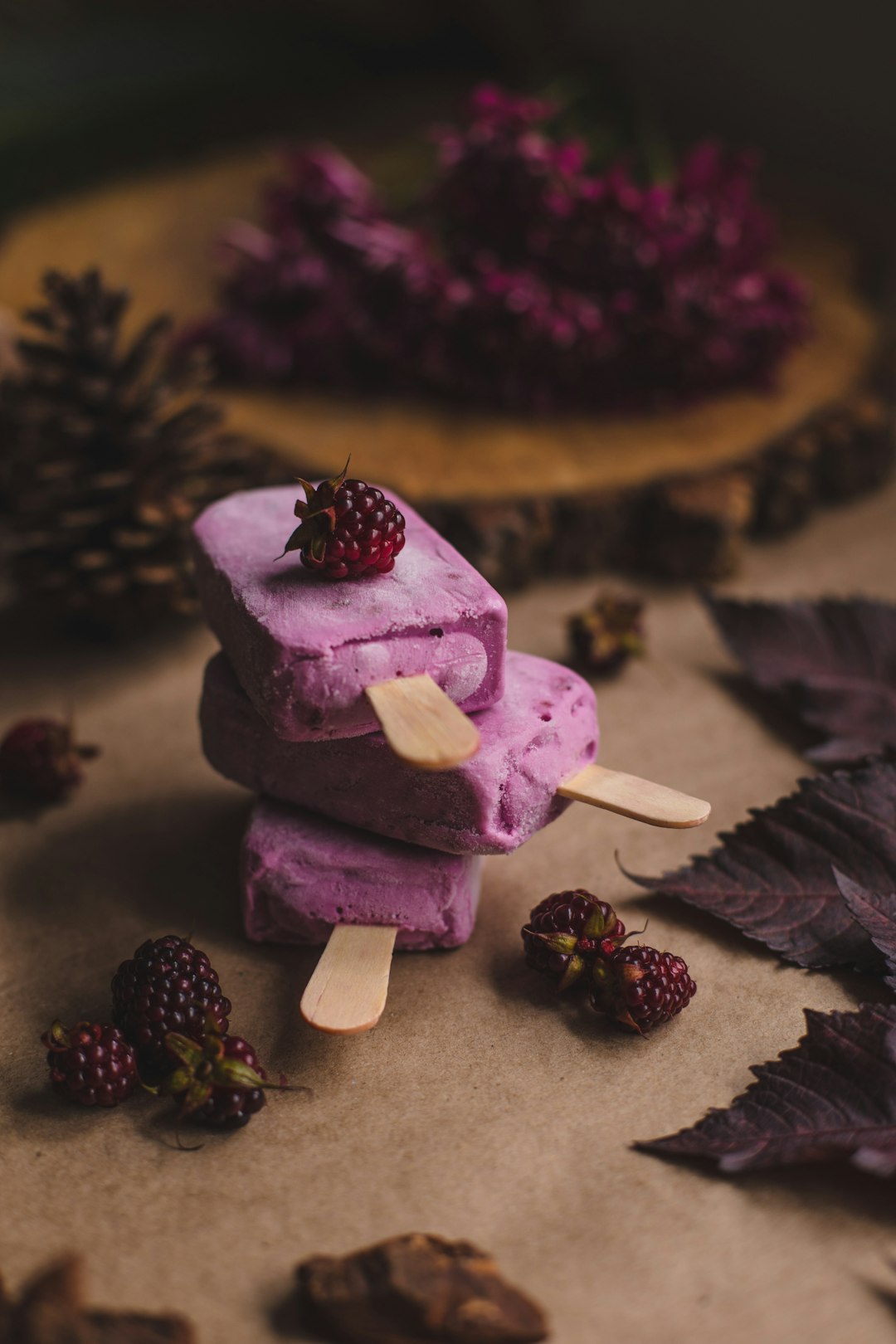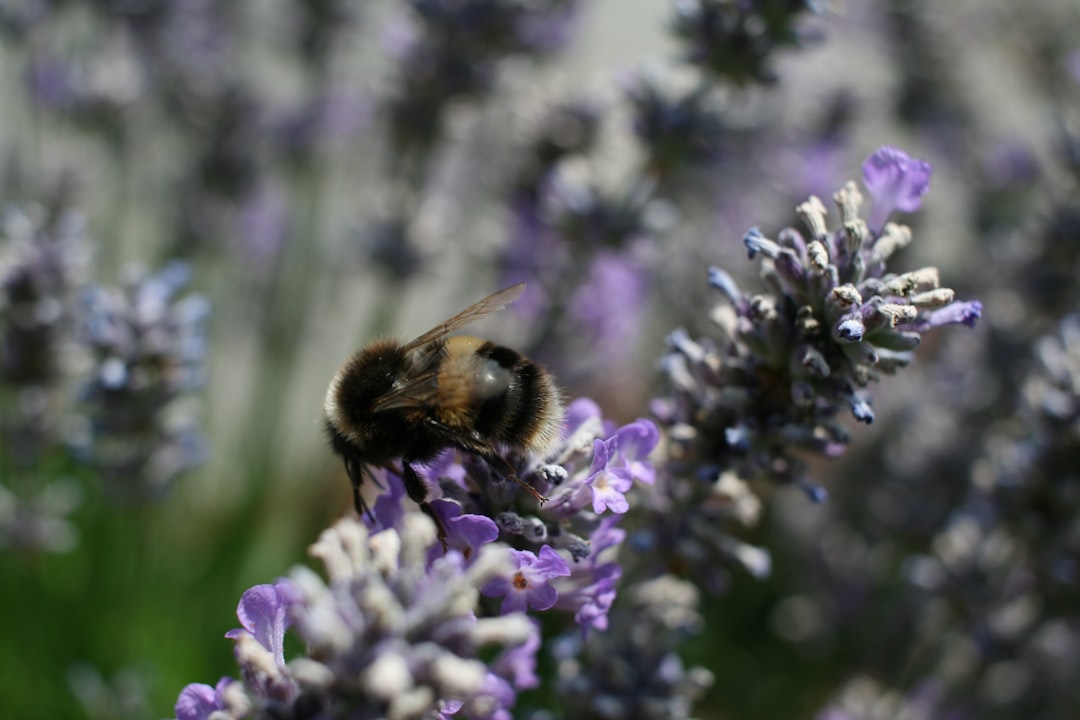
Embarking on the journey of growing goji berries in your garden is like opening a door to a world of health and natural beauty. These vibrant red berries, known for their numerous health benefits, can be a rewarding addition to any edible garden. In this guide, we will explore the best practices for soil, light, pruning, and watering to ensure a bountiful harvest of goji berries.
First and foremost, let's talk about soil. Goji berries thrive in well - drained soil that is rich in organic matter. A pH level between 6.5 and 7.5 is ideal for these plants. You can prepare the soil by adding compost or well - rotted manure before planting. This will not only provide essential nutrients but also improve the soil structure, allowing the roots to grow freely. If your soil is heavy clay or sandy, you may need to amend it accordingly. For clay soil, adding sand and organic matter will help improve drainage. In the case of sandy soil, incorporating peat moss or compost will increase its water - holding capacity.
Light is another crucial factor in the growth of goji berries. These plants require full sun to produce an abundance of fruit. They should receive at least 6 to 8 hours of direct sunlight per day. When choosing a location for your goji berry plants, make sure it is not shaded by large trees or buildings. If you live in an area with extremely hot summers, some afternoon shade may be beneficial to prevent the plants from getting stressed. However, overall, they need plenty of sunlight to photosynthesize and develop healthy berries.
Pruning is an important aspect of goji berry plant care. Pruning helps to shape the plant, improve air circulation, and increase fruit production. In the first year of growth, it is recommended to prune the plant to encourage a strong framework. Remove any weak or damaged branches, as well as any branches that are crossing or rubbing against each other. As the plant matures, you can continue to prune it in late winter or early spring. Cut back the previous year's growth by about one - third to stimulate new growth and more fruit production. You can also thin out the branches to allow more sunlight to reach the inner parts of the plant.
Watering is essential for the survival and growth of goji berry plants. During the first few weeks after planting, keep the soil consistently moist but not waterlogged. Once the plants are established, they are relatively drought - tolerant. However, they will produce better fruit if they receive regular watering, especially during dry spells. Water deeply at the base of the plant to encourage the roots to grow deeper. Avoid overhead watering, as this can lead to fungal diseases. A good rule of thumb is to water when the top inch of soil feels dry to the touch.
In addition to these basic care practices, it is also important to fertilize your goji berry plants. You can use a balanced fertilizer, such as a 10 - 10 - 10 formula, in the spring and summer. Follow the instructions on the fertilizer package for the correct application rate. Organic fertilizers, such as fish emulsion or bone meal, can also be used to provide a slow - release source of nutrients.
When it comes to pest and disease control, goji berries are relatively resistant. However, they can be susceptible to aphids, spider mites, and powdery mildew. Regularly inspect your plants for any signs of pests or diseases. If you notice any problems, you can use natural remedies, such as neem oil or insecticidal soap, to control the pests. For powdery mildew, make sure there is good air circulation around the plants and avoid overhead watering.
Harvesting goji berries is a fun and rewarding experience. The berries are ready to be harvested when they turn bright red and are slightly soft to the touch. You can pick the berries by hand, being careful not to damage the plant. Goji berries can be eaten fresh, dried, or used in a variety of recipes, such as smoothies, teas, and desserts.
In conclusion, growing goji berries in your garden can be a fulfilling endeavor. By following these best practices for soil, light, pruning, and watering, you can enjoy a healthy and productive goji berry plant. So, roll up your sleeves, get your gardening tools ready, and start growing these amazing berries today!
New








